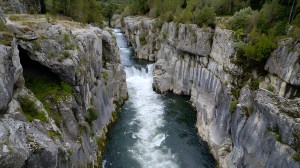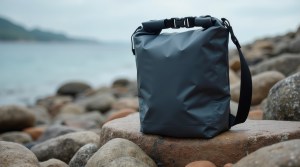The Essential Guide to Treating Water in the Wild: Boil, Filter, or Tablet?
When venturing into the great outdoors, ensuring access to safe drinking water is one of your top priorities. Whether you’re hiking through the wilderness or camping by a serene lake, knowing how to treat water effectively can protect your health and enhance your outdoor experience. This guide explores the three most common methods for treating water in the wild: boiling, filtering, and using tablets. Let’s dive into each method’s advantages and drawbacks so you can choose what works best for you.
Boiling Water: The Most Reliable Method
Boiling water is perhaps the most straightforward and effective way to ensure it’s safe for consumption. By heating water to a rolling boil for at least one minute (or three minutes at higher altitudes), you can eliminate pathogens such as bacteria, viruses, and protozoa. The main advantage of boiling is its reliability; it requires no special equipment beyond a heat source and a container. However, it does require time and fuel resources which may be limited during extended trips.

Filtering Water: Convenience Meets Efficiency
Using a filter system provides a convenient way to treat water without needing to boil it. Portable filters come in various forms—such as pump filters, gravity filters, or squeeze filters—and they work by physically removing contaminants from the water through microfiltration membranes. Filters are effective against bacteria and protozoa but may not eliminate viruses unless they have specific capabilities like ultrafiltration or additional chemical treatment processes integrated into their design. While quick and easy to use on-the-go, filter maintenance can be an issue since clogged filters need regular cleaning or replacement depending on usage.
Water Purification Tablets: Lightweight Solutions
Water purification tablets are another option that many outdoor enthusiasts find appealing due to their lightweight nature and ease of use. Typically made with chlorine dioxide or iodine compounds, these tablets can kill bacteria and viruses when dissolved in contaminated water over a specified period (usually 30 minutes). They are especially useful when you’re unsure about having access to heat sources for boiling or carrying bulky filtration systems. However, they may have limitations regarding taste—some users dislike the chemical flavor left in treated water—and certain groups (like pregnant women) should avoid iodine-based tablets due to potential health risks.
Choosing the Right Method Based on Your Needs
Deciding between boiling, filtering, or using tablets often depends on several factors including your environment (availability of wood/fuel), duration of stay outdoors (long-term vs short-term), weight constraints for backpacking trips (especially if you’re looking for something compact), personal preferences regarding flavors from treated methods as well as local regulations regarding wild camping areas which might restrict certain practices like open fires required for boiling.
Combining Methods for Enhanced Safety
For ultimate safety while treating water in the wild, consider combining methods where feasible—boil first then filter if possible—to provide an extra layer of protection against potential contaminants in heavily polluted sources such as rivers near populated areas or campsites with livestock nearby. This approach ensures that any remaining particles after filtration are effectively neutralized through heat treatment before consumption.
In conclusion, whether you choose to boil your water for guaranteed safety; rely on efficient filtration systems tailored towards specific types of contaminants; opt for lightweight purification tablets suitable during short hikes—the key takeaway is being prepared. Understanding these methods will empower you with valuable skills that enhance both your confidence outdoors while safeguarding your hydration needs.
This text was generated using a large language model, and select text has been reviewed and moderated for purposes such as readability.











